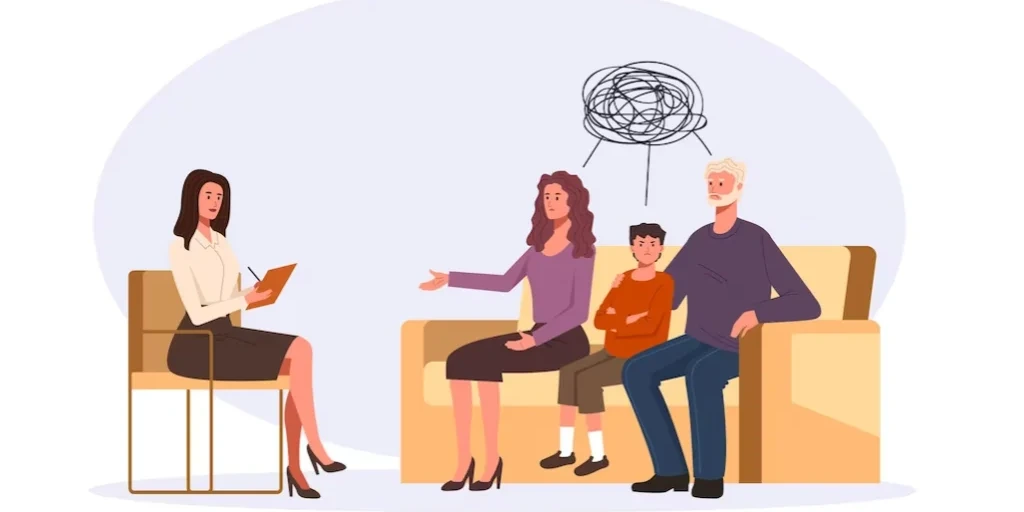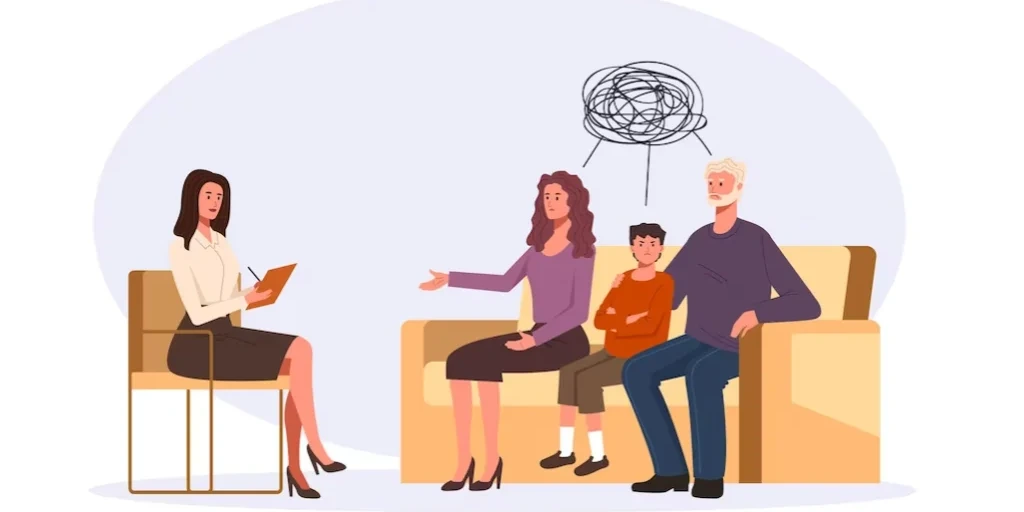24/7 Helpline:
(866) 899-221924/7 Helpline:
(866) 899-2219
Learn more about Opioid Rehab centers in Santa Paula
Opioid Rehab in Other Cities

Other Insurance Options

Evernorth

PHCS Network

Kaiser Permanente

BlueShield

Choice Care Network

Oxford

Holman Group

Access to Recovery (ATR) Voucher

Premera

Covered California

Medical Mutual of Ohio

Self-pay options

AllWell

Coventry Health Care

BlueCross

Excellus

State Farm

UMR

WellCare Health Plans

CareSource

Ventura County Behavioral Health Department
Ventura County Behavioral Health Department is a public rehab located in Santa Paula, California. Ve...

AEGIS Treatment Centers
AEGIS Treatment Centers - Santa Paula is an outpatient rehab located in Santa Paula , CA. AEGIS Trea...






Ventura County Behavioral Health
Ventura County Behavioral Health provides a wide range of services for alcohol and drug abuse proble...

Vista Del Mar Behavioral Healthcare Hospital
Vista Del Mar Behavioral Healthcare Hospital is a private rehab located in Ventura, CA. Vista Del Ma...

AEGIS Treatment Center
AEGIS Treatment Center (part of Pinnacle Treatment Centers as of 2020) is a drug and alcohol rehab f...

Palmer Drug Abuse Program of Ventura County
Palmer Drug Abuse Program of Ventura County is a private rehab located in Ventura, California. Palme...

Ventura County Behavioral Health Department – Family Clinic
Ventura County Behavioral Health Department – Family Clinic is a public rehab located in Ventura, Ca...

Ventura County Medical Center – Inpatient Psychiatric Hospital
Ventura County Medical Center - Inpatient Psychiatric Hospitals is a behavioral healthcare provider ...

Ventura County Behavioral Health Center
Ventura County Behavioral Health Center is a public rehab located in Ventura, California. Ventura Co...

Vantage Point Recovery
Vantage Point Lifestyle Management and Recovery Center is a private rehab located in Thousand Oaks, ...

Action Family Counseling – Piru House
Action Family Counseling - Adult Residential offers treatment for those individuals struggling with ...

Genesis Programs
Genesis Programs offers intensive outpatient services for individuals with alcohol and/or substance ...

Action Family Counseling
Action Family Counseling - Thille Street offers intensive outpatient services for individuals with m...

Palmer Drug Abuse Program of Ventura County
Palmer Drug Abuse Program of Ventura County offers outpatient services for adolescents with a Mental...

Alternative Action Program
Alternative Action Program is a private rehab located in Oxnard, California. Alternative Action Prog...

The Fellowship House Sober Living
The Fellowship House Sober Living provides a sober tranquil home where residents begin their healing...

Ventura County Behavioral Health
Ventura County Behavioral Health provides a wide range of services for alcohol and drug abuse proble...

Changing Tides Treatment Centers
Changing Tides Treatment Centers is a private dual-diagnosis addiction treatment center for adults i...

Ventura Recovery Center
Ventura Recovery Center offers inpatient and outpatient services for individuals with alcohol and/or...

La Ventana Treatment Programs
La Ventana Treatment Programs - 1408 East Thousand Oaks Boulevard offers Residential, PHP, & IOP for...

Passages Ventura
Passages Ventura offers residential treatment for individuals with alcohol and/or substance addictio...

Evolve Treatment Centers for Teens
Evolve Treatment Centers for Teens is located in Ojai, California. Evolve Treatment Centers for Teen...

Passages
Passages - Market Street offers treatment for individuals with alcohol and/or substance addiction. T...

Pure Recovery California
Pure Recovery California is a private rehab located in Oxnard, California. Pure Recovery California ...

The Meadowglade
The Meadowglade, in Moorpark, California, is a mental health care facility for adults. They offer in...
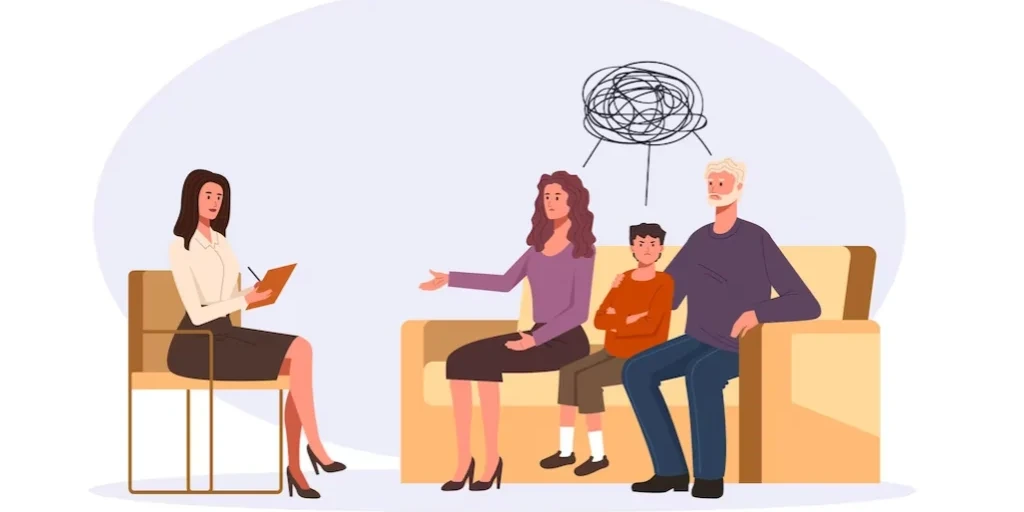
BD Crisis Internetion and Consultants
BD Crisis Internetion and Consultants is a private rehab located in Ventura, California. BD Crisis I...

Alsana
Alsana is a private rehab located in Thousand Oaks, California. Alsana specializes in the treatment ...

Center for Discovery Thousand Oaks
Center for Discovery Thousand Oaks is a private rehab located in Thousand Oaks, California. Center f...

Enlight Treatment Center
Enlight Treatment Center is a dual-diagnosis behavioral health and addiction treatment center in Moo...

4 Seasons Detox and Recovery
4 Seasons Detox and Recovery is a private rehab located in Simi Valley, California. 4 Seasons Detox ...

Grateful House
At Grateful House, adult men and women are treated for substance abuse addiction at Oak Park, Illino...

Thrive Counseling Center
Thrive Counseling Center, located in Oak Park, Illinois, provides outpatient mental and behavioral h...

Enhanced Clinical Solutions
Enhanced Clinical Solutions is a private rehab located in Oak Park, Illinois. Enhanced Clinical Solu...

Jewish Family Service
Jewish Family Service is a private rehab located in Oak Park, Michigan. Jewish Family Service specia...

Metropolitan Rehabilitation Clinic
Metropolitan Rehabilitation Clinic is a private rehab located in Oak Park, MI. Metropolitan Rehabili...

Central Utah Counseling Center
Central Utah Counseling Center is a public rehab located in Fillmore, Utah. Central Utah Counseling ...













































































































Al Anon
Al Anon is a non-profit rehab located in Thousand Oaks, California. Al Anon specializes in the treat...

Ventura / Tri-County Teen Challenge
Ventura / Tri-County Teen Challenge is a non-profit rehab located in Ventura, California. Ventura / ...

Genesis Programs
Genesis Programs is a drug and alcohol addiction treatment provider for adults, located in Ventura, ...

Action Family Counseling
Action Family Counseling also known as Action Drug Rehabs, offers outpatient treatment for those tee...

Fe Ye Esperanza
Fe Ye Esperanza is a private rehab located in Oxnard, California. Fe Ye Esperanza specializes in the...

AEGIS Medical Systems
AEGIS Medical Systems is a private rehab located in Simi Valley, California. AEGIS Medical Systems s...

Rainbow Recovery Center
Rainbow Recovery Center is a private rehab located in Oxnard, California. Rainbow Recovery Center sp...

Khepera House
Khepera House offers inpatient treatment for alcohol and drug addiction as well as a sober living co...

Miracles For Moms
Miracles For Moms is a private rehab located in Ventura, California. Miracles For Moms specializes i...

Prototypes – Oxnard Women’s Center
Prototypes - Oxnard Women's Center offers inpatient treatment for women with alcohol and/or substanc...

ABTTC – Drug & Alcohol Rehab Ventura
ABTTC – Drug & Alcohol Rehab Ventura is a private rehab located in Ventura, California. ABTTC – Drug...

Ventura County Behavioral Health
Ventura County Behavioral Health provides a wide range of services for alcohol and drug abuse proble...

Miracle House
Miracle House is a private rehab located in Ventura, California. Miracle House specializes in the tr...

Ventura County Hispanic Commission – Alcohol and Drug
Ventura County Hispanic Commission – Alcohol and Drug is a private rehab located in Oxnard, Californ...

Wildwood Recovery
Wildwood Recovery is a private rehab located in Thousand Oaks, California. Wildwood Recovery special...

Ventura County Behavioral Health
Ventura County Behavioral Health provides a wide range of services for alcohol and drug abuse proble...

Tribe Integrative Recovery
Tribe Integrative Recovery treats substance use and co-occurring mental health disorders by providin...

AA – Alcoholicos Anonimos – Grupo Serenidad
AA – Alcoholicos Anonimos – Grupo Serenidad is a non-profit rehab located in Simi Valley, California...

Anka
Anka is a private rehab located in Ventura, California. Anka specializes in the treatment of dual di...

SOS Sober Living for Women
SOS Sober Living for Women is a private rehab located in Oxnard, California. SOS Sober Living for Wo...

Cornerstone Counseling Center
Cornerstone Counseling Center provides outpatient psycho-educational classes and counseling sessions...
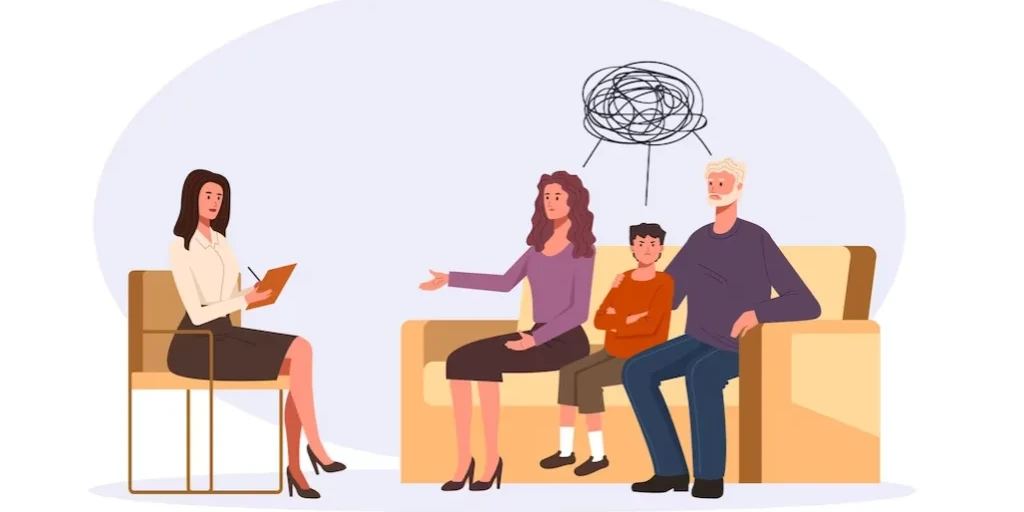
NA – Narcotics Anonymous
Narcotics Anonymous (NA) is a non-profit rehab located in Ventura, CA. Narcotics Anonymous (NA) spec...

Destinations
Destinations offers intensive outpatient and partial hospitalization program services for teen ages ...

Evolve Treatment Centers for Teens
Evolve Treatment Centers for Teens is located in Camarillo, California. Evolve Treatment Centers for...

All Star Recovery
All Star Recovery, in Ventura, California, is a 12 step-focused sober living home for adult men. The...

Action Family Counseling
Action Family Counseling offers outpatient treatment for those teens and adults struggling with subs...

Arrive Recovery Center
Arrive Recovery Center is a public rehab located in Thousand Oaks, California. Arrive Recovery Cente...

Ventura County Behavioral Health
Ventura County Behavioral Health provides a wide range of services for alcohol and drug abuse proble...
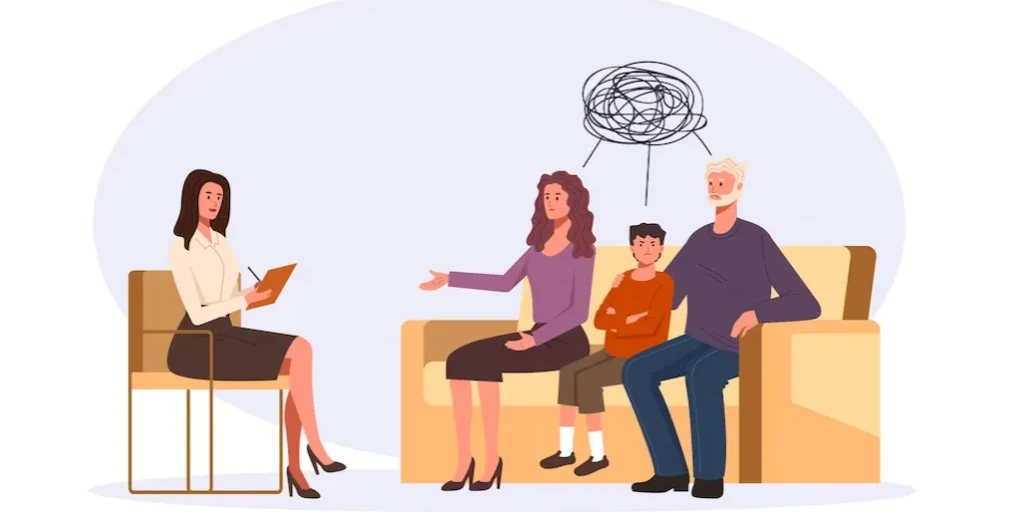
Counseling Center of Illinois
Counseling Center of Illinois - North Cumberland Avenue provides individual counseling for a variety...



















